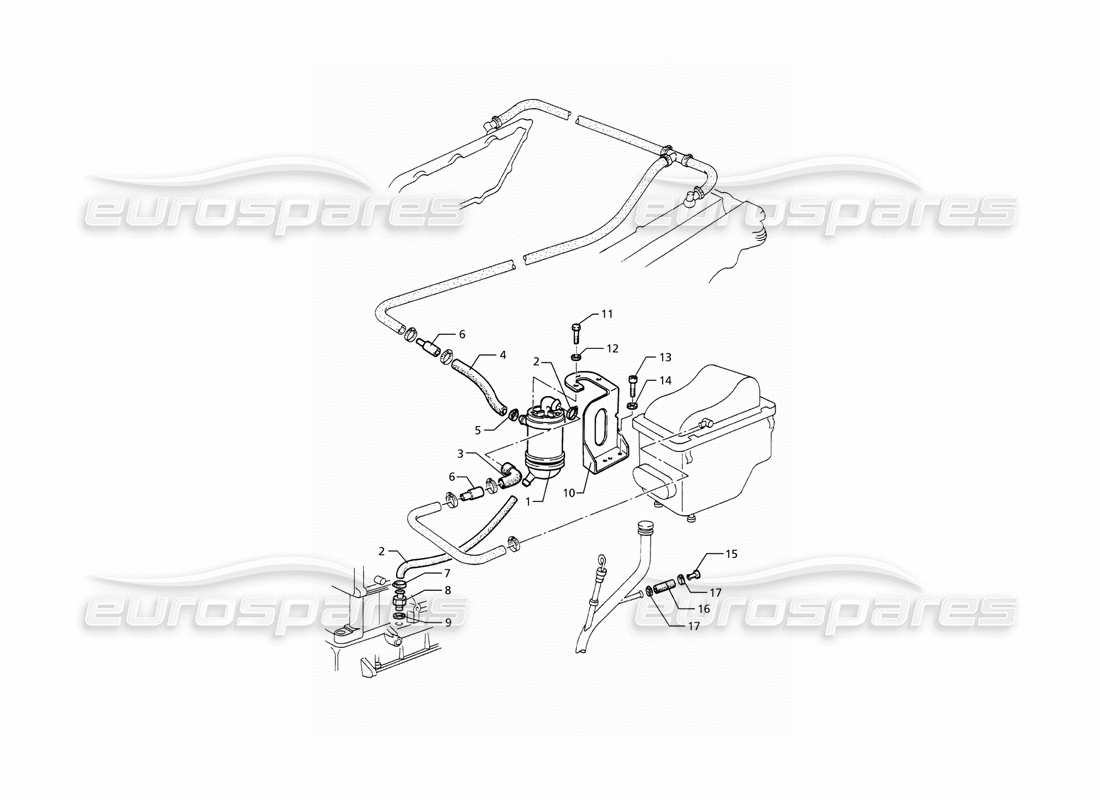In 1992 Maserati unveiled a new 2-door grand tourer that fused high performance, luxury, and comfort into a stylish and elegant package.
Production ran from 1992 to 1998, with two V6 engines on offer: a 2.8-litre for export and a 2.0-litre for the domestic Italian market.
The 2.8-litre twin-turbo delivered between 260 and 284 hp depending on market and year, while the 2.0-litre - developed to sidestep Italy’s punishing over-2.0 tax laws - was the true firecracker.
Clever tuning meant the smaller 2.0-litre produced up to 306 hp, revving with a ferocity that made it a cult favourite among enthusiasts. Acceleration was vivid: 0–60 mph in around 6 seconds for the 2.8, with a top speed near 155 mph. But numbers tell only half the story.
The Ghibli’s magic lay in its delivery, the urgent spool of the twin IHI turbos, the rush of boost under your right foot, and that addictive blend of mechanical snarl and wastegate chatter only an Italian turbo V6 could make.
Despite its compact footprint, the Ghibli’s sharp Gandini-penned lines, flared arches, and low, wide stance gave it a presence to rival far larger grand tourers.
Crisp 1990s styling was paired with traditional Maserati luxury: Connolly leather, hand-finished burr elm woodwork, and a cabin that mixed elegance with a faintly unhinged sense of purpose.
In 1996, Maserati introduced the Ghibli GT, a refined evolution.
Still based on the unibody Biturbo chassis, it gained key upgrades: a stronger 6-speed Getrag gearbox, adjustable suspension, 17-inch 7-spoke alloys, and an uprated rear differential. These tweaks sharpened the Ghibli’s grand touring talents without losing the visceral character that made it so engaging.
With its muscular stance, crafted details, and unrepeatable blend of refinement and rawness, the 1990s Ghibli remains a car with true soul. It is a machine that can purr along an autostrada at speed one moment, then bare its teeth the next. For many Maserati devotees, it’s the last of the truly hand-finished cars before the modern era took over.

-part-diagram.webp)
-part-diagram.webp)
-part-diagram.webp)